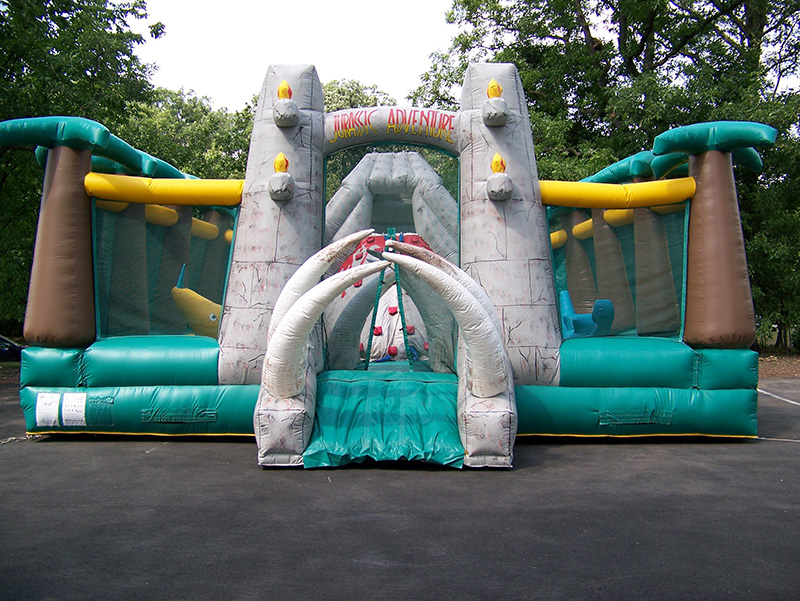


Moom walks movie#
Aldrin took UV still photos and 16 mm color movie pictures, collected external experimental samples, and conducted a light exercise routine. Conrad reported the spacewalk was so relaxing they both fell asleep for a moment after sunrise. Gordon performed a stand-up EVA, extending through the hatch to take astronomical photos. Planned activities were curtailed by Command Pilot Conrad and Gordon returned to the spacecraft. While making the attachment, his workload exceeded the capacity of the spacesuit cooling system, and his vision became obscured by a fogged visor and sweat in his eyes. Gordon attached a tether between the Gemini and Agena Target Vehicle for later orbital mechanics testing. Collins then pulled on the umbilical cord to return and re-enter the spacecraft. Then, using the Hand Held Maneuvering Unit, he pushed to the nearby Agena Target Vehicle to collect its micrometeorite collection package. With more difficulty than expected, Collins collected the micrometeorite collection package from the exterior of the Gemini spacecraft. Handling the camera proved difficult due to the stiffness of Collins' gloves. Color photography after sunrise was only partly completed due to severe eye irritation of both Collins and Command Pilot Young. Instead of climbing completely out of the spacecraft, Collins extended his torso outside the spacecraft to take photos before and after capsule sunrise. Cernan also had difficulty returning to the spacecraft and closing the hatch. Excess heat and respiration completely fogged Cernan's visor, and the EVA was cut short. Cernan expended four to five times the expected effort, raising his pulse as high as 180 beats per minute. Ī complex work EVA was planned for Cernan, which involved him moving to the rear of the Gemini spacecraft and donning the Astronaut propulsion unit, developed by the U.S. Although he was very fit and athletic, the effort left him exhausted. White also had difficulty returning to the Gemini spacecraft. White conducted the second EVA in history and the first American EVA. Leonov had difficulty fitting back into the spacecraft due to spacesuit stiffness in vacuum, and vented air from his spacesuit in order to bend back into the capsule. Leonov conducted the first EVA in history. Spacewalk beginning and ending times are given in Coordinated Universal Time (UTC). Only three deep-space EVAs have ever been conducted, where the activity was neither on the lunar surface nor in low Earth orbit, but far away from both the Moon and the Earth.ġ965–1969 spacewalks and moonwalks One lunar EVA was not a moonwalk, but rather a stand-up EVA partially out the top hatch of the LM, where it was thought that the extra height would help with surveying the area prior to conducting the moonwalks. All moonwalks were performed with astronauts untethered, and some of the astronauts traveled far enough to lose visual contact with their craft (they were up to 7.6 km away from it using the Lunar Roving Vehicle). Entries for moonwalks are shown with a gray background while entries for all other EVAs are uncolored.Īll spacewalks have had the astronauts tethered to their spacecraft except for seven spacewalks by the United States (six in 1984 using the Manned Maneuvering Unit, and one in 1994 testing the SAFER rescue device). This list contains all spacewalks and moonwalks performed from 1965 to 1999 where an astronaut has fully or partially left a spacecraft. For later spacewalks, see List of spacewalks 2000–2014 and List of spacewalks since 2015.


 0 kommentar(er)
0 kommentar(er)
